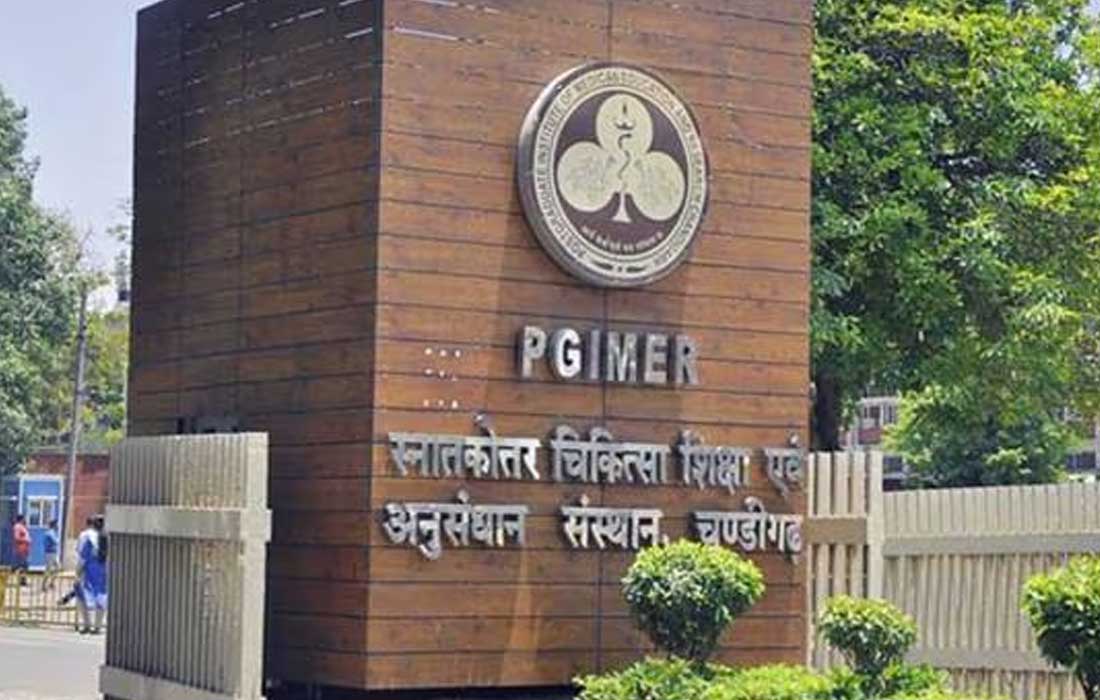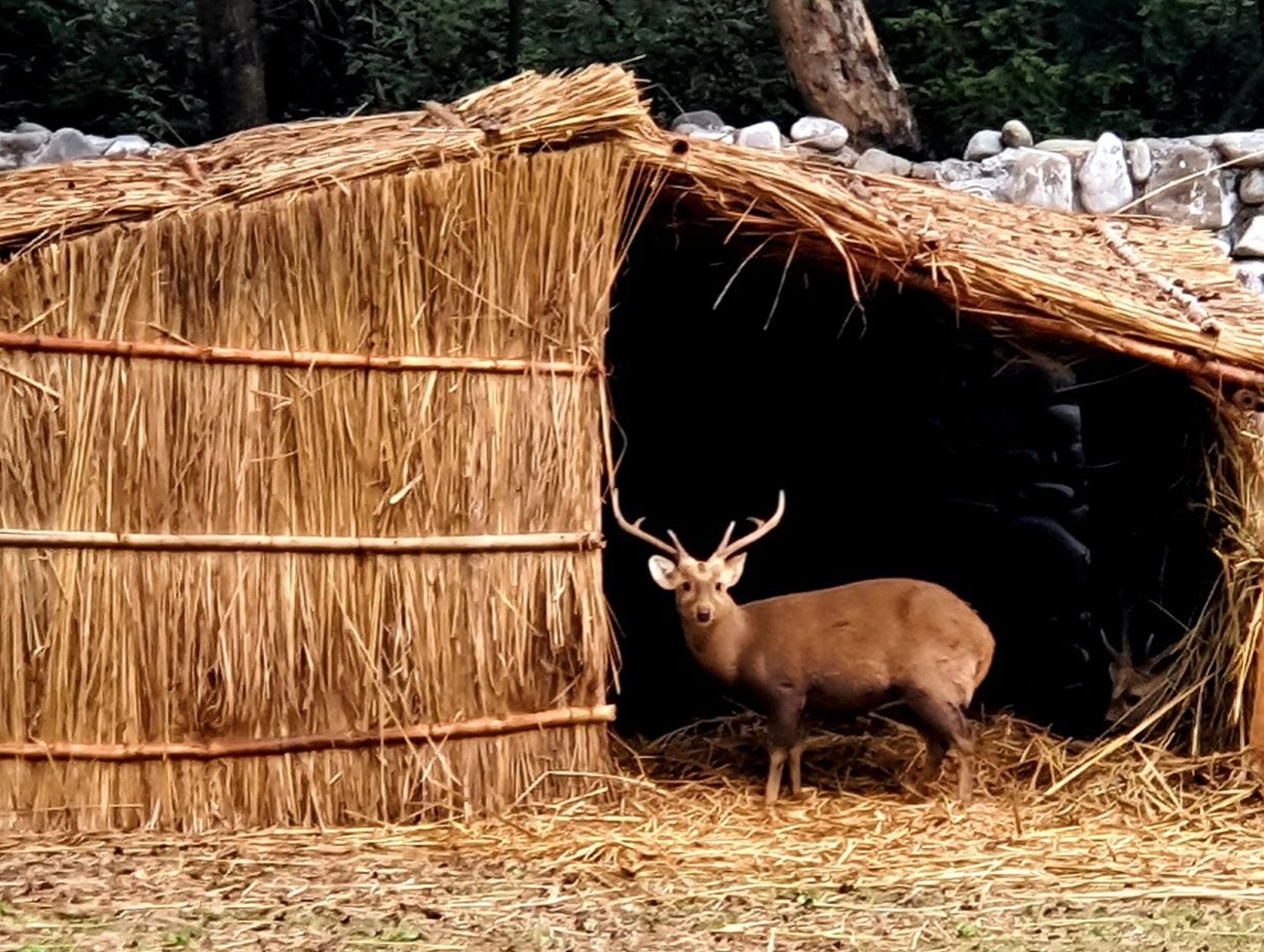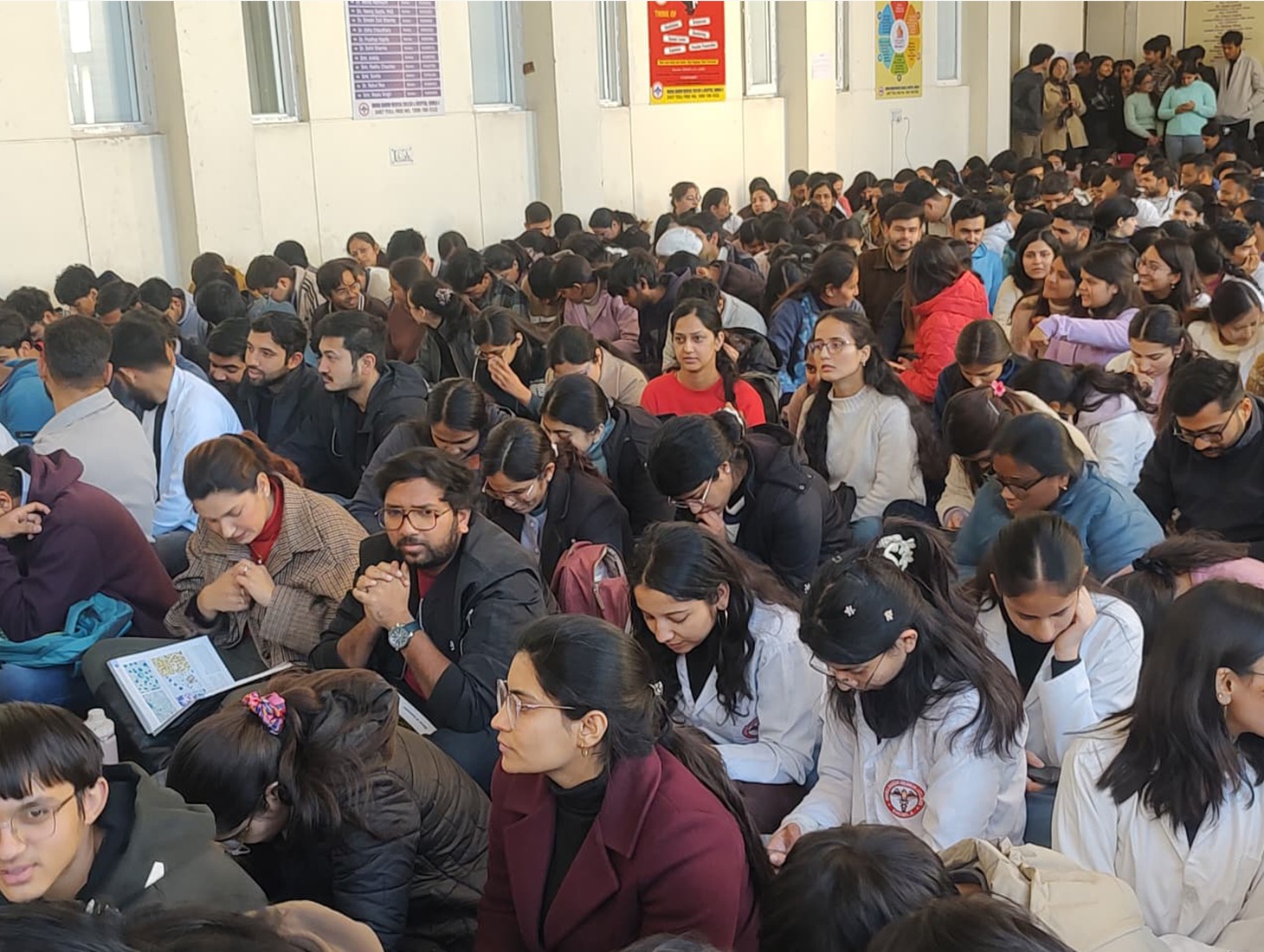The North News
Chandigarh, October 30
Scientists at the Postgraduate Institute of Medical Education and Research (PGIMER) in Chandigarh have reported a sharp rise in infections caused by a lesser-known bacterium that closely mimics whooping cough, or pertussis, across northern India. The research team found that Bordetella holmesii, a pathogen rarely linked to respiratory illnesses, has become increasingly common, overtaking conventional Bordetella pertussis infections in recent years. The findings, published in the Emerging Infectious Diseases journal of the US Centers for Disease Control and Prevention (CDC), highlight a shifting trend in respiratory infections that resemble pertussis.
Between 2019 and 2023, PGIMER researchers analysed 935 suspected cases of pertussis and discovered that nearly 37 percent were caused by B. holmesii, while B. pertussis accounted for a smaller share. The sharpest rise was recorded in 2023, particularly among children aged five to ten in northern India.
Data collected under PGIMER’s ongoing surveillance programme since 2015 show a striking decline in traditional pertussis infections — from 15–20% to just 2–5% — alongside a rapid increase in B. holmesii cases. This evolution, experts say, signals a major shift in the etiology of whooping cough–like respiratory illnesses in the region.
The study was led by Dr. Vikas Gautam and his team at PGIMER, in collaboration with Dr. Prabhu Patil from the CSIR–Institute of Microbial Technology (IMTECH), Chandigarh.
The discovery comes after PGIMER’s earlier identification of Stenotrophomonas sepilia, a new bacterium linked to sepsis, reinforcing the institute’s role as a leading centre for emerging infectious-disease research in India.
Experts say these findings could prompt a review of current diagnostic and vaccination strategies, as B. holmesii infections are often misidentified as pertussis, leading to underreporting and inadequate treatment.
















